Bond yields seen tad lower on marginal borrowing cut; RBI decision key
Indian government bond yields are expected to open marginally lower on Friday, after New Delhi slightly trimmed its planned borrowing, although the Reserve Bank of India’s (RBI) policy decision due later in the day would dictate further moves. The benchmark Indian 10-year government bond yield is seen in a 7.31%-7.36% band until the monetary policy decision due at 0430 GMT, a trader with a private bank said. The yield ended at 7.3405% on Thursday. B
India has cut its gross borrowing to 14.21 trillion Indian rupees ($174.41 billion) from 14.31 trillion rupees for 2022/23, and aims to borrow 5.92 trillion rupees during October-March, compared with 8.29 trillion rupees in the first half of the fiscal year. Supplies during October-March would also include 160 billion rupees of green bonds.
Also read| RBI Monetary Policy LIVE: MPC likely to hike repo rate by 50 bps; may cut growth forecast
“There should be a marginal impact of lower borrowing which also includes green bonds, but after the initial move, market will be reacting to monetary policy decision and more importantly (to) the guidance from the (RBI) Governor,” the trader said.A majority of market participants are expecting the central bank to raise its key interest rate by 50 basis points for a third consecutive time.
Also read| Share Market LIVE: Nifty, Sensex likely to open in red amid weak cues; RBI MPC eyed, 50 bps rate hike on cards
The RBI has already raised rates by 140 basis points between May and August to 5.40%, to tackle inflation that has stayed above its tolerance level for eight straight months through August.Meanwhile, global index provider FTSE Russell said, India will be retained on the watch list for a potential upgrade to Market
Accessibility Level ‘1’ and for consideration toward inclusion in the FTSE Emerging Markets Government Bond Index (EMGBI). “Though the country didn’t get added to the EMGBI, we expect the reaction in the G-Sec to be modest today as the AUM following EMGBI is small. The more consequential index decision would be JPM’s (JPMorgan) announcement,” DBS Bank said in a note.
Indian bonds yields have not reacted significantly to the recent spike in U.S. yields, as many market participants believe that an announcement regarding inclusion may happen soon. A recent Reuters said a decision may only happen in 2023.
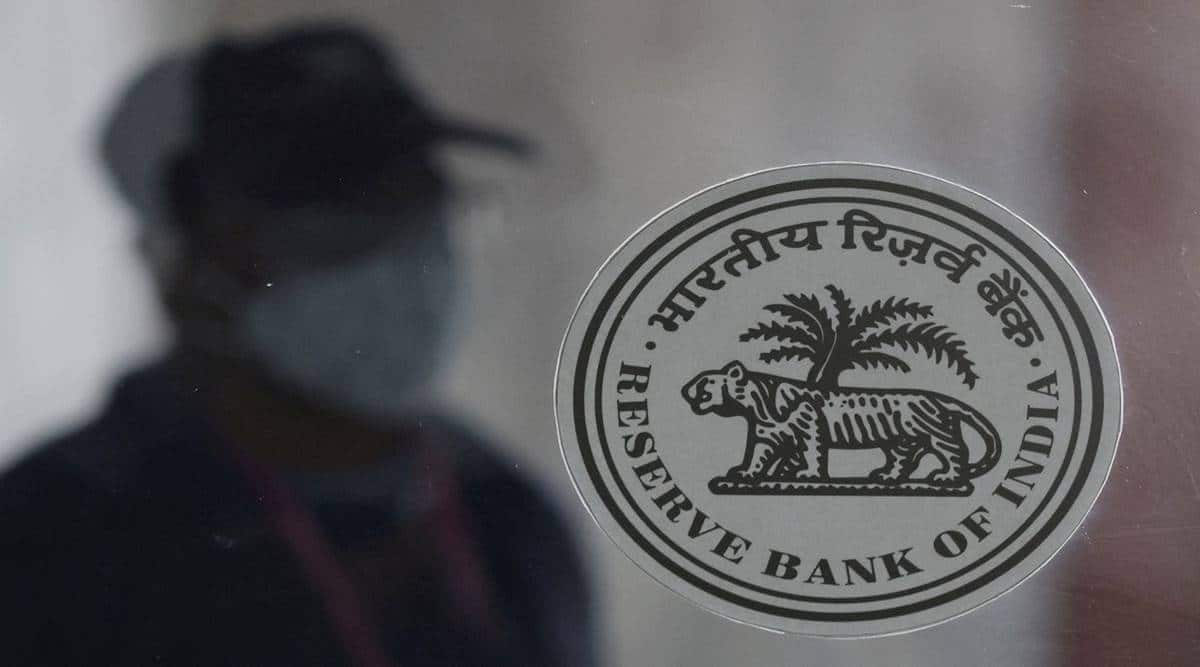


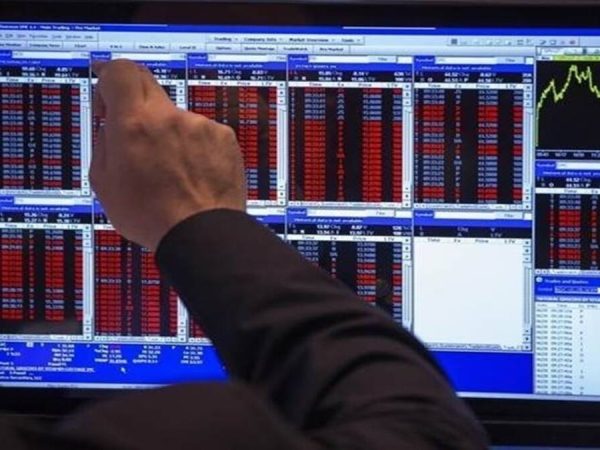
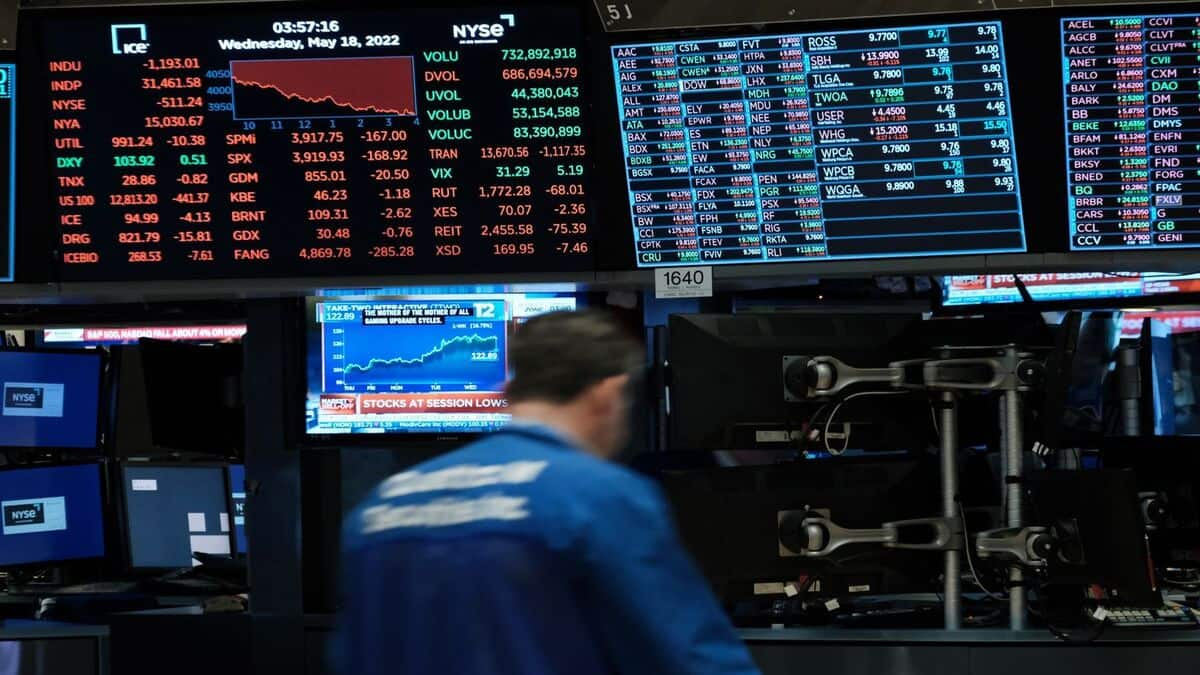
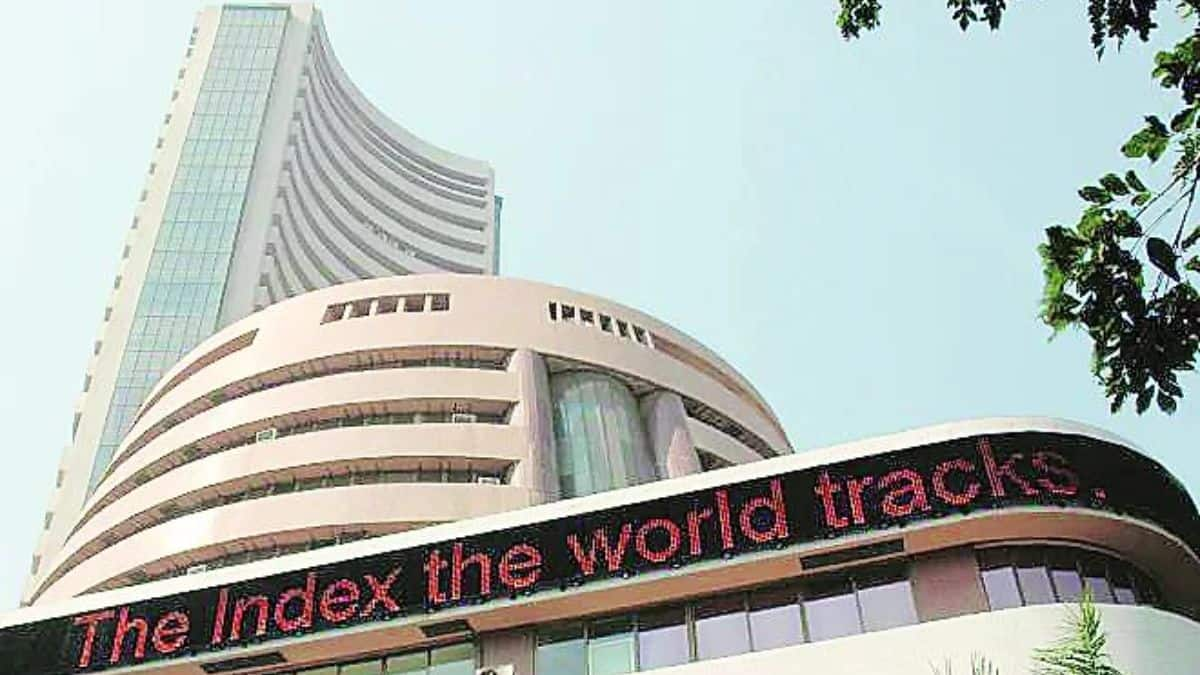
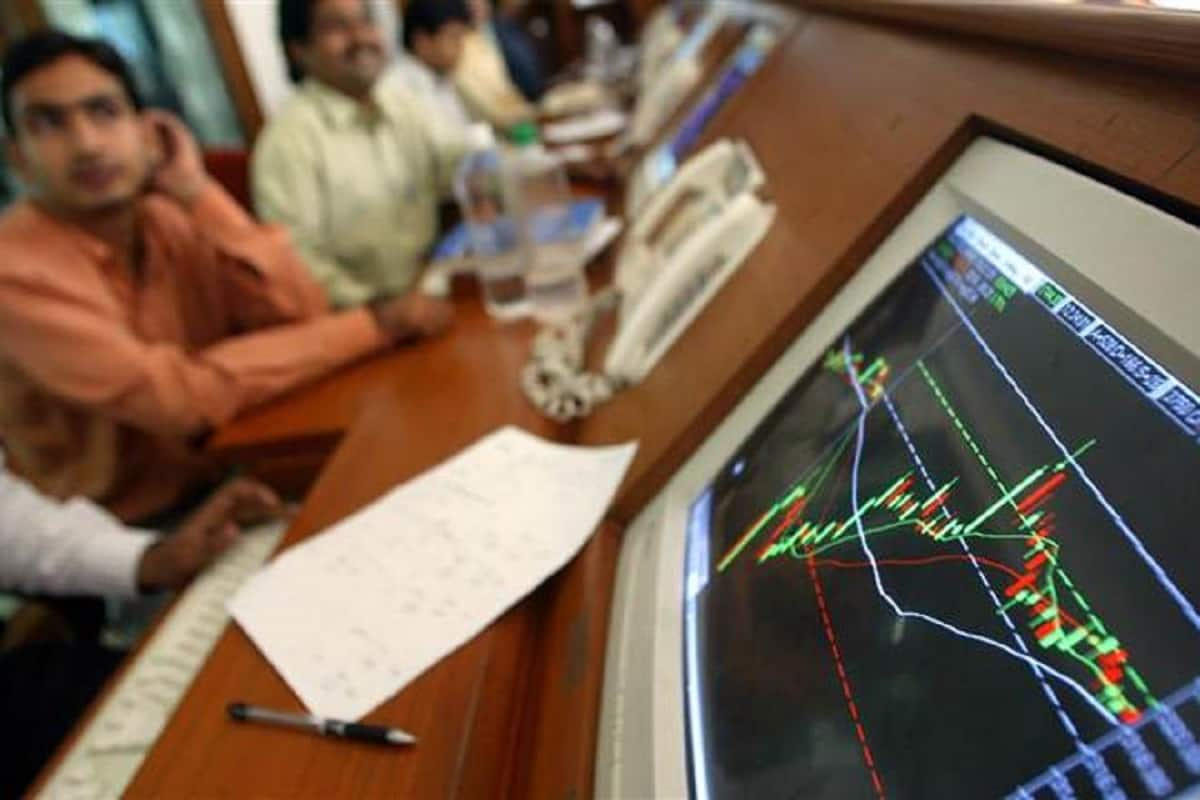
 The Nifty midcap and small cap indices displayed inherent strength and scaled to fresh 52-weeks high despite minor profit booking in the benchmark
The Nifty midcap and small cap indices displayed inherent strength and scaled to fresh 52-weeks high despite minor profit booking in the benchmark

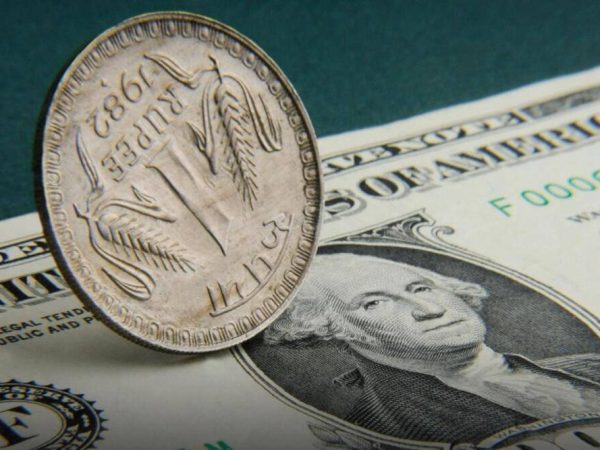
Recent Comments